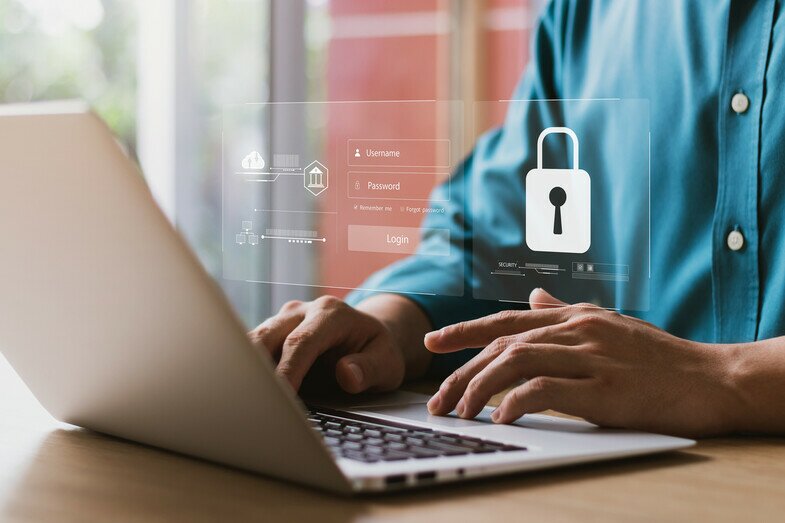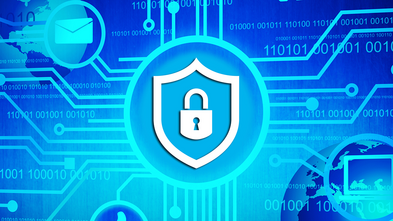Comprehensive Guide to Social Media Scams: Setting up Defense to Safeguard Your Personal Information
Social media has become a necessary part of people's daily lives, but it has also attracted the attention of unscrupulous individuals. The Hong Kong Computer Emergency Response Team Coordination Centre (HKCERT) reminds the public to be cautious of social media scams and to always remain vigilant. In this regard, we will delve into how to enhance the awareness of social media users, thereby more effectively curbing online fraudulent activities. Additionally, later in the article, we will provide some social media settings for securing Facebook and LinkedIn accounts to reduce the opportunities for others to access users' personal information.

Although the development of science and technology has brought convenience to the public, it has also increased the channels for criminals to attack. Users have a responsibility to protect their own accounts and personal information. Here are several suggestions to prevent social media scams:
Be cautious when dealing with strangers
There is always a risk when interacting with strangers online. Review the personal information of unknown individuals and determine their trustworthiness before considering whether to respond to them.

Screenshot 1: Individuals with the same profile picture but different names attempting to send friend requests.
Avoid sharing personal sensitive information
Do not disclose sensitive information such as your full name, address, phone number, bank details, or passwords to strangers.

Screenshot 2: Attempting to ask users questions to obtain information.
Pay attention to suspicious “signs”
If a stranger appears overly eager, offers unrealistic benefits, or request a user’s donation, they may have fraudulent intentions.

Screenshot 3: Presented in a hurried tone, such as requesting users to have capital investment.
Strengthen account protection
Enhance the security of your social media accounts through measures like strong passwords, multi-factor authentication, and SMS verification codes. At the same time, some social media site will set up a cyber security guideline page to provide the related settings for the public reference.
Regularly review account privacy and security settings
Ensure the privacy settings of the social media accounts are properly configured,which is crucial to keeping the information uploaded only visible to designated users.
Report suspicious behaviour
If you suspect any fraudulent activity, immediately report it to the relevant social media platforms and law enforcement agencies.
Social media provides many conveniences, but it also comes with risks. Users must learn to increase our awareness, handle all contacts with strangers carefully, and always remain cautious of suspicious signs. Then, we could enjoy the benefits of social media while being safe from online scams.
Facebook and LinkedIn offer various security settings for users to choose from.
Here are some examples:
Facebook Security Setting (Recommended) For any other questions about Facebook, please refer to https://www.facebook.com/help |
(Develop the habit of regularly changing passwords. In case of any security concerns, promptly change the password.) |
|
(After enabling this feature, in addition to the login password, users will need to provide an additional verification method to verify their identity, reducing the chances of being hacked. This can include verification apps, SMS codes, or security keys.) |
|
(Users can limit others from finding you through phone numbers, email addresses, or search engines other than Facebook.) |
|
(This can reduce the risk of further personal data exposure.) |
|
LinkedIn Security Setting (Recommended) For any other questions about LinkedIn, please refer to https://www.linkedin.com/help/linkedin?lang=en |
(Develop a habit of regularly changing passwords. In case of any security concerns, promptly change the password.) |
|
(After enabling this feature, in addition to the login password, users will need to provide an additional verification method to verify their identity, reducing the chances of being hacked. This can include verification apps or SMS codes.) |
|
(Users can limit others from finding you through phone numbers, email addresses, or search engines other than LinkedIn.) |
|
(This can reduce the risk of further personal data exposure.) |
|
The above suggestions are provided for user reference. Users can independently choose the security settings based on their preferences and needs. It is hoped that this article can provide the public with more ways to enhance awareness and effectively counter social media scams.
If you have any inquiries or incident reports regarding cyber security, you can contact HKCERT through the following channels:
- Online Reporting: https://www.hkcert.org/incident-reporting
- Email: [email protected]
- Telephone: (+852) 8105 6060
- Fax: (+852) 8105 9760
Reference:
Facebook: Facebook Dating safety guidelines
Facebook: Meta Basics Secure your account
Facebook: Facebook Privacy Checkup
LinkedIn: Account security best practices
Related Tags
Share with









